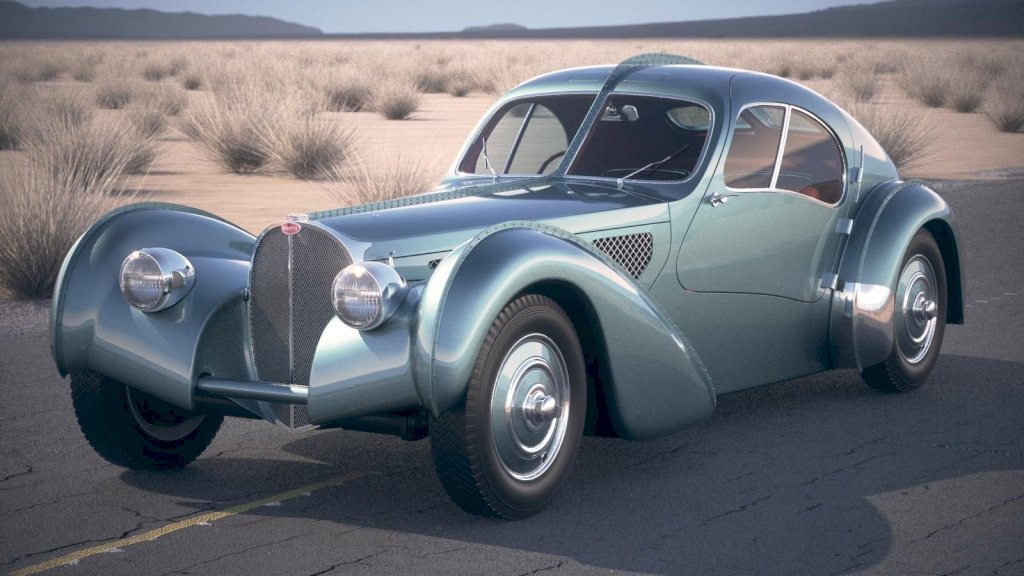The year 1968 was a pivotal one in the history of American muscle cars. It marked a time when automakers were pushing the limits of power, performance, and style. In the midst of this automotive revolution, the 1968 Plymouth GTX emerged as a standout model, setting new standards for high-performance cars. With its bold design, robust engine options, and iconic status, the 1968 Plymouth GTX continues to be celebrated by car enthusiasts and collectors worldwide. In this 3000-word article, we will delve into the history, design, performance, and enduring legacy of the 1968 Plymouth GTX.

The Birth of the Plymouth GTX

The 1960s were a tumultuous decade in the United States. The counterculture movement, the civil rights struggle, and the escalating Vietnam War all created an atmosphere of uncertainty and change. Yet, in the midst of this turbulence, a new breed of American automobiles emerged, known as muscle cars. These cars were all about power, speed, and style.
Plymouth, a division of Chrysler, was no stranger to the muscle car scene. They had already made a name for themselves with the Plymouth Road Runner in 1967, a stripped-down, no-nonsense muscle car that was a hit with enthusiasts. However, in 1968, Plymouth decided to take things up a notch with the GTX.
Design and Styling

One of the most striking features of the 1968 Plymouth GTX was its design. The car exuded an aura of power and aggression, thanks to its distinctive styling cues. The exterior boasted clean lines, a wide stance, and an imposing front grille. The iconic "gun-sight" tail lights and the GTX badge on the grille and rear quarters were unmistakable, setting it apart from the regular Belvedere models.
The use of bold and vivid colors, such as Hemi Orange and In-Violet, further accentuated the GTX's presence on the road. The car's design epitomized the muscle car era's aesthetic, where form followed function to create a sense of raw power.
Engine Options

The heart of any muscle car lies under the hood, and the 1968 Plymouth GTX did not disappoint. It offered a range of powerful engine options that catered to different levels of performance, ensuring there was a GTX for every enthusiast.
440 Super Commando V8: The base engine was no slouch, as it featured a 7.2-liter V8 engine producing 375 horsepower. This engine was equipped with a four-barrel carburetor and was mated to a three-speed manual transmission.

426 Hemi V8: The star of the lineup was undoubtedly the legendary 426 Hemi engine. With its hemispherical combustion chambers and twin four-barrel carburetors, it unleashed a monstrous 425 horsepower. The Hemi engine transformed the GTX into a quarter-mile king and a street racing legend. It was available with a four-speed manual or a three-speed TorqueFlite automatic transmission.
440+6 V8: For those who wanted a compromise between the base 440 and the Hemi, Plymouth offered the 440+6 V8. It had a 7.2-liter engine with a trio of two-barrel carburetors, producing 390 horsepower. This option provided a balance of power and drivability.

These engine choices gave the 1968 Plymouth GTX a wide range of performance levels, catering to a diverse audience of muscle car enthusiasts.
Performance and Handling

The 1968 Plymouth GTX was not just about raw power; it also offered an impressive level of handling and performance. The car featured heavy-duty suspension components, which included front and rear anti-sway bars. This setup allowed the GTX to handle corners with surprising agility for a car of its size.
The combination of the high-performance engines and the upgraded suspension made the GTX a versatile muscle car. It could comfortably cruise on the highway and, when the need arose, unleash its power on the drag strip or open road.

In performance tests, the Hemi-equipped GTX was capable of accelerating from 0 to 60 mph in under six seconds and completing the quarter-mile in around 13 seconds. These numbers were mind-blowing for the late 1960s and cemented the GTX's status as a true muscle car icon.
Luxurious Interior

What set the 1968 Plymouth GTX apart from many of its muscle car competitors was its luxurious interior. While most muscle cars of the era sacrificed comfort for performance, the GTX offered a level of refinement that was unusual for the segment.
The interior featured high-quality materials, comfortable bucket seats, and a well-appointed dashboard with woodgrain accents. Even with the Hemi's powerful engine, the cabin was surprisingly quiet, allowing for a pleasant driving experience both in daily commutes and long road trips.

The GTX was equipped with a comprehensive range of options, including air conditioning, power windows, and an AM/FM radio. This blend of performance and luxury made the car appealing to a broader audience, attracting those who wanted both speed and comfort.
Legacy and Influence

The 1968 Plymouth GTX left an indelible mark on the muscle car world. Its combination of power, style, and comfort set a high standard for what a muscle car could be. The GTX quickly became a collector's item and a sought-after classic.
In the years following its release, the GTX continued to influence the muscle car market. Its success paved the way for other high-performance Mopar vehicles, including the Dodge Charger R/T and the Plymouth Road Runner. The GTX's legacy can also be seen in modern muscle cars like the Dodge Challenger and Charger, which carry the torch of Hemi power and high-performance driving.
Collectibility and Values

Today, the 1968 Plymouth GTX is a highly collectible and valuable classic car. Its desirability among collectors is a testament to its enduring appeal. Original Hemi-equipped GTX models, in particular, can fetch prices well into the six figures, making them some of the most sought-after muscle cars on the market.
Restored GTX models are often showcased at car shows and auctions, and they continue to draw the attention of enthusiasts who appreciate the blend of power and luxury that this car represents.
Restoration and Ownership

For those lucky enough to own a 1968 Plymouth GTX, the restoration process can be both rewarding and challenging. Finding original parts, especially for the Hemi models, can be a difficult and costly endeavor. However, the end result is a breathtaking restoration that showcases the car's iconic design and performance.
Enthusiasts and collectors alike take pride in preserving the legacy of the 1968 Plymouth GTX. Owning and maintaining one of these classic cars is not just a hobby; it's a passion and a commitment to preserving automotive history.
Conclusion

The 1968 Plymouth GTX stands as an enduring symbol of the golden age of American muscle cars. Its blend of power, style, and luxury set it apart from its competitors and made it a legend in the automotive world. The Hemi engine, in particular, became a symbol of high-performance, setting records on the track and inspiring generations of enthusiasts.
As a collectible classic, the 1968 Plymouth GTX continues to captivate the hearts of car enthusiasts worldwide. Its timeless design and awe-inspiring performance ensure that it will remain a cherished icon for years to come. Whether you're an owner, a restorer, or simply an admirer, the 1968 Plymouth GTX represents the zenith of muscle car excellence, a symbol of a bygone era that continues to rev its engine in the hearts of car enthusiasts.



-1686631670x1024.jpg)
